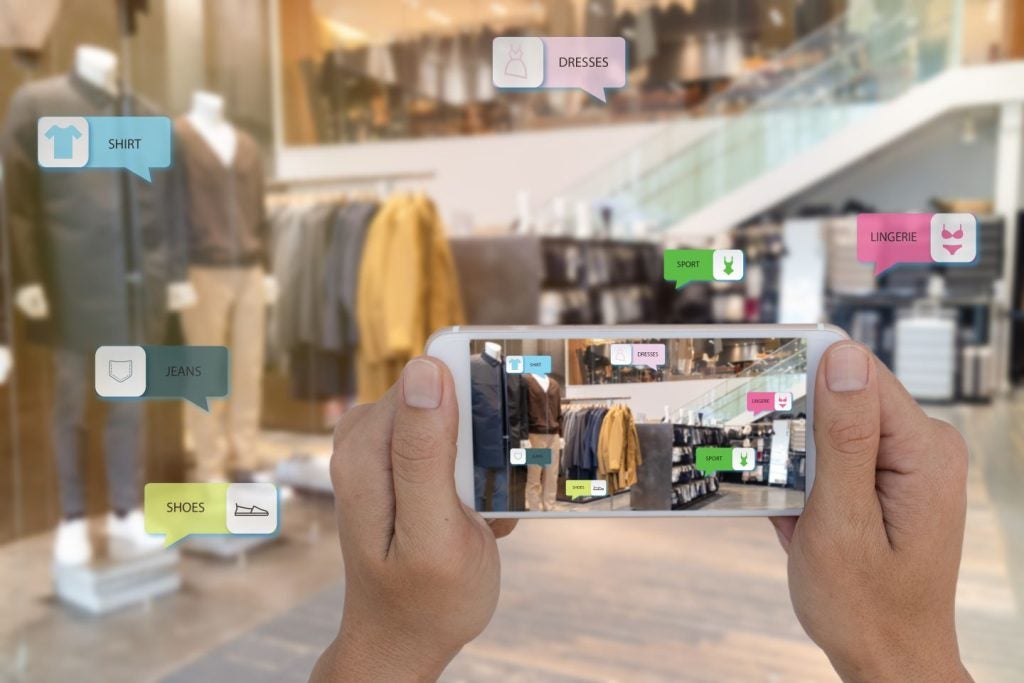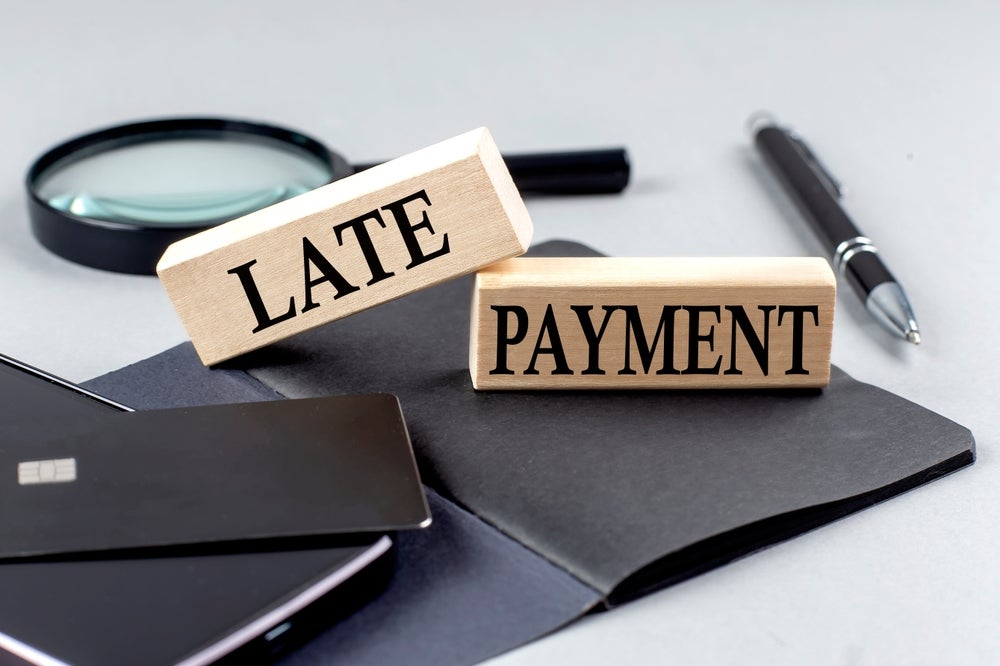‘Mobile banking’ is not a very precise term. Today, we know it as meaning using your mobile phone for banking. However, back in the late 1990s, all that it meant was SMS banking. If your bank was particularly advanced, it may also have meant a WAP-based mobile banking service. It has only been since the launch of smartphones in the mid-2000s, that ‘mobile banking’ has come to mean a browser- or mobile app-based banking service, writes Alex Bray
But I predict that the term ‘mobile banking’ is about to undergo a major transformation, with some serious implications for retail banking. In the next 3-5 years, the meaning of mobile banking will become more literal – an umbrella term to refer toanybanking on the go. I believe the catalyst for these changes will bewearable devices. The much heralded Google Glass (or one of the slew of alternatives from Vuzix or even China’s Baidu) have the potential to radically reshape customer behaviours – just as the iPhone has done since 2007.
With these new devices, customers will be able to see information in a whole new way. Printed advertisements or product illustrations will be animated or overlaid with supplementary information – yes, think Minority Report – providing customers with a clearer explanation of their options and helping them to identify any financial needs. Personal information displayed through the glasses cannot be overseen, offering users a higher level of security. Customers will be able to voice activate their devices whilst on the move. Directions to ATMs and branches can be overlaid onto a customer’s view of the world around them, making services easier to locate. These are just a few of the possibilities augmented reality glasses will open up to banks. Other wearable devices, like the ‘iWatch’ bracelet design recently patented by Apple, hint at a yet another inventive approach to mobile banking.
To make the most of these opportunities and land grab through innovation, banks need to start thinking now about how to design customer experiences for the arrival of these technologies. Even at this early stage, it is possible to identify a potent customer value proposition based around enhanced convenience and security. At the same time, banks need to start thinking creatively about the ways in which these technologies can help customers to identify needs and ultimately select and buy products. Banks like Halifax in the UK and Commonwealth Bank in Australia have already demonstrated the potential to drive sales from augmented reality functionality with their home finder mortgage apps. Clearly there is much more that could be done.
There will be many who think this is all pie in the sky. I fervently disagree. iPhones went from revolutionary to commonplace in a matter of a few short years. I strongly expect the new wearable devices to complete this process even faster. Banks need to prepare now – or run the risk of being left behind.
How well do you really know your competitors?
Access the most comprehensive Company Profiles on the market, powered by GlobalData. Save hours of research. Gain competitive edge.

Thank you!
Your download email will arrive shortly
Not ready to buy yet? Download a free sample
We are confident about the unique quality of our Company Profiles. However, we want you to make the most beneficial decision for your business, so we offer a free sample that you can download by submitting the below form
By GlobalDataWhat do you think? Will you be sporting Google Glass when it hits the high street? If you say no, I’ll hold you to it when I catch you.
Alex Bray is Retail Channels Director at Misys







